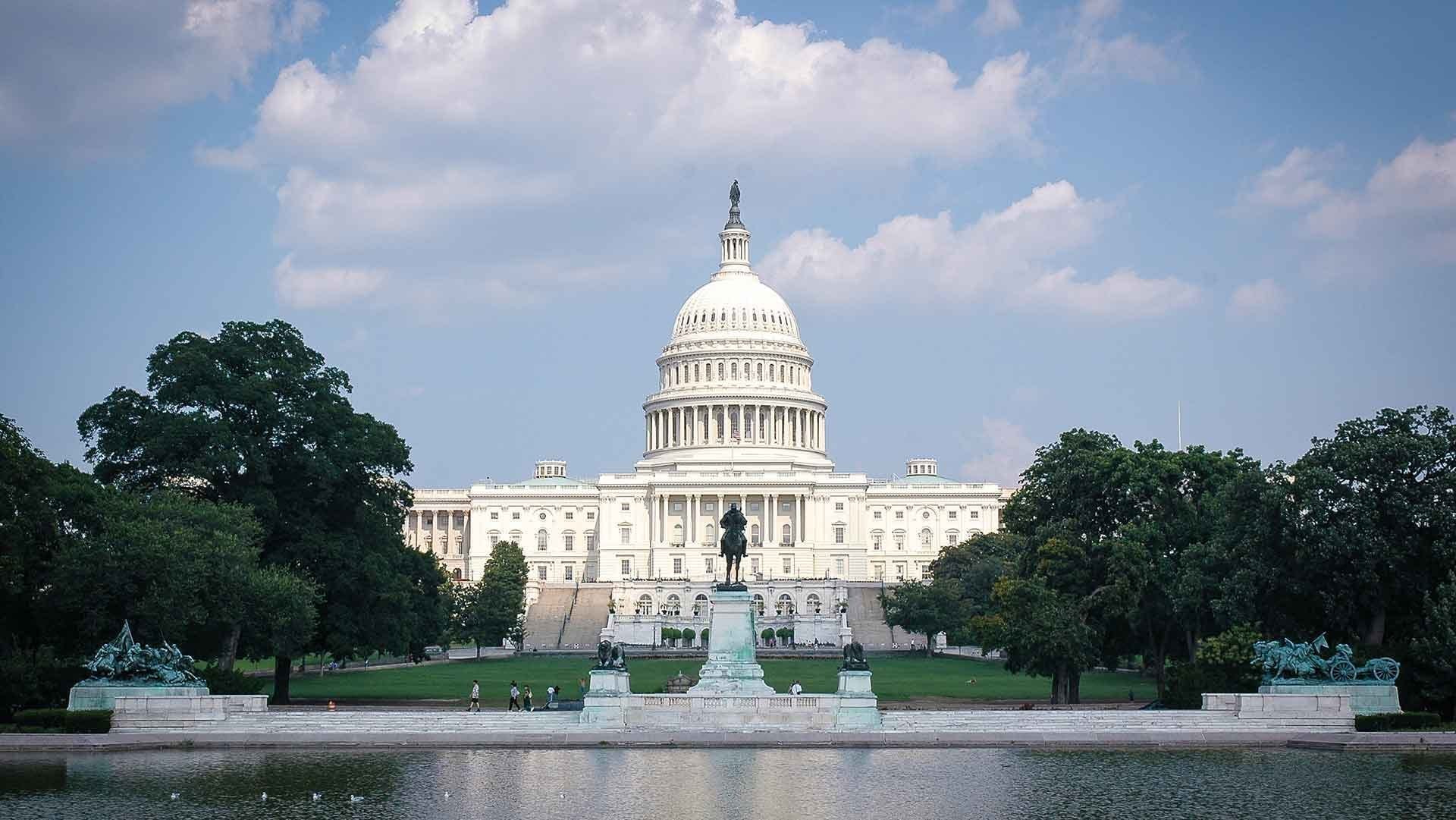With a mantra of cutting costs and downsizing bureaucracy, US President Donald Trump has taken a unique approach towards reducing the federal workforce. He unveiled an unprecedented plan that offers buyouts to federal workers with about eight months’ worth of pay. This initiative, if accepted by Congress, would mark the largest reduction of federal employees in US history.
While the specific number of employees eligible for the buyout is yet to be determined, Trump has emphasized that this cost-saving measure would likely apply to thousands of employees across various government agencies. The President is optimistic that this bold decision would streamline the federal workforce, remove unnecessary jobs, and consequently, reduce taxpayer burden.
Under the proposed plan, the buyouts would be funded with a one-time appropriation from Congress, ensuring that the move does not impact existing agency budgets. It is estimated that the total cost of the buyouts would range from $10 billion to $30 billion, calculated based on the average federal salary of approximately $75,000 per year. In exchange for leaving their jobs, employees would receive about eight months’ worth of their annual salary.
The response from federal workers has been mixed, with some expressing resignation in the face of inevitable workforce changes, while others have voiced concerns about the potential negative impact on public services and agency operations. Unions representing federal employees have also voiced their concerns, citing the need for adequate protections for workers and the potential for detrimental effects on public services.
Trump’s decision to offer buyouts highlights an ongoing debate over the size and role of the federal government. While some argue that federal employment has grown excessively, others counter that trimming the workforce too aggressively could compromise essential public services and undermine institutional knowledge. Regardless of the outcome, the proposed buyout plan represents a significant shift in government policy, with potential effects that will ripple through the halls of public service and beyond.


